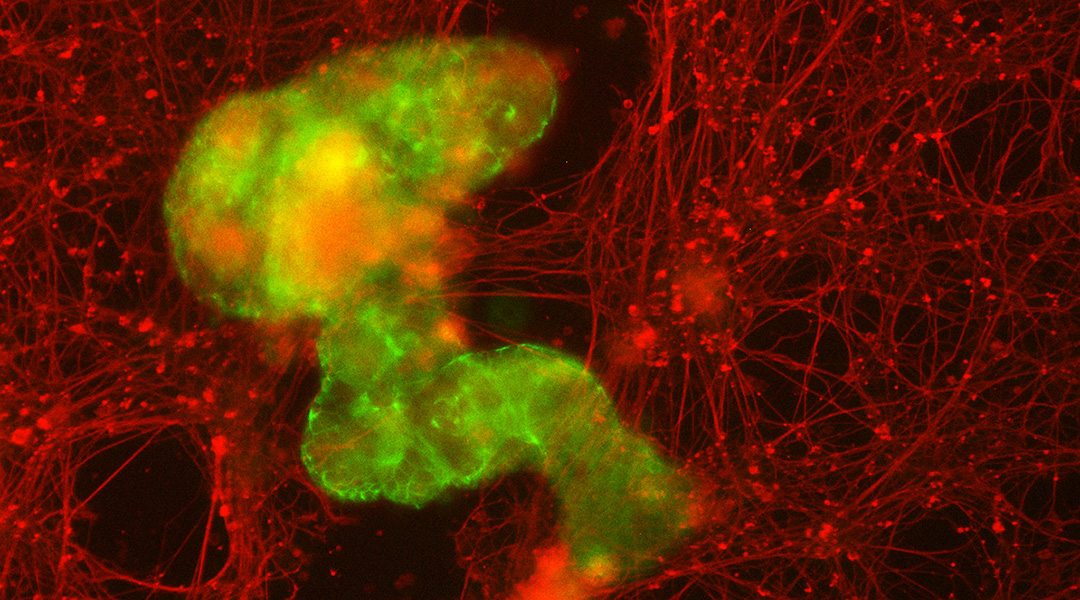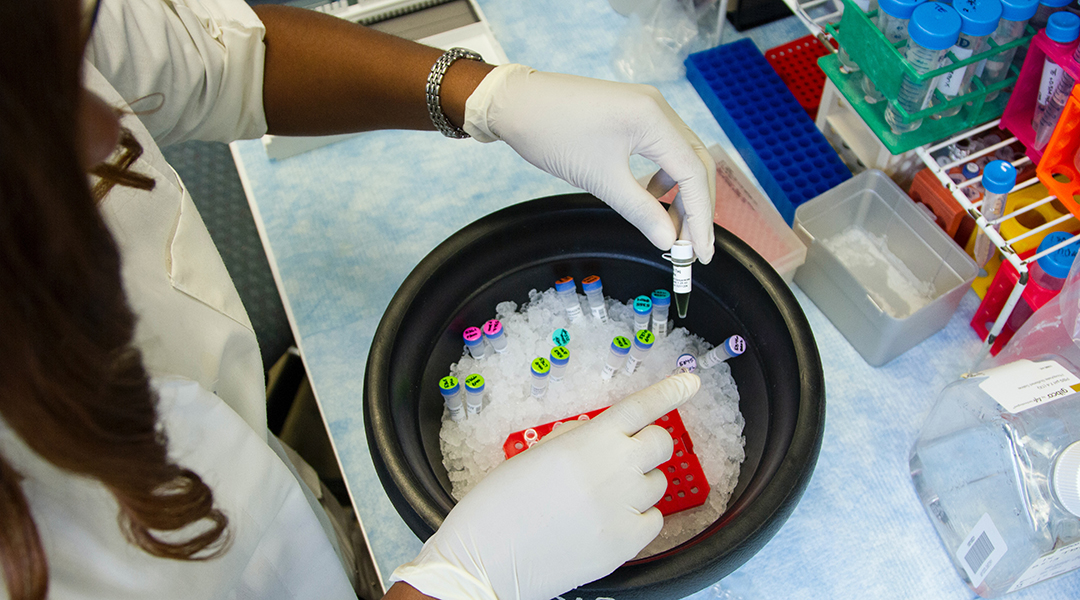Scientists have created biological structures that when left alone, self-assemble into materials that resemble living tissue.


Scientists have created biological structures that when left alone, self-assemble into materials that resemble living tissue.

Microscopic robots made out of a patient’s own cells may be able to work inside the body to repair damage, scope out signs of disease, or fight off infections.

A neuroscientist and intermittent fasting expert weighs in on the potential health benefits of this diet that may go beyond just weight loss.

The nocebo effect appears to play a role in gluten sensitivity, indicating the brain’s possible involvement in the condition.

The generator harnesses energy from water and is built with a fiberform material derived from the straps of disposable medical masks.

Microneedle skin patches combined with a safe electrical current help antigens cross the skin to trigger an immune response against tumors.

A nanotherapy could be used as part of a multifaceted strategy for individuals grappling with severe health implications of obesity.

Many biopsies may soon be avoidable with the advent of an accurate biosensor for prostate cancer that detects biomarkers in the blood.

New findings point to the crucial role that mRNA modifications play in how the body regulates pain-related molecules.

Weaving piezoelectric polymers into nanofibers reveals a surprising pathway to boost stem cell growth naturally, without external power.